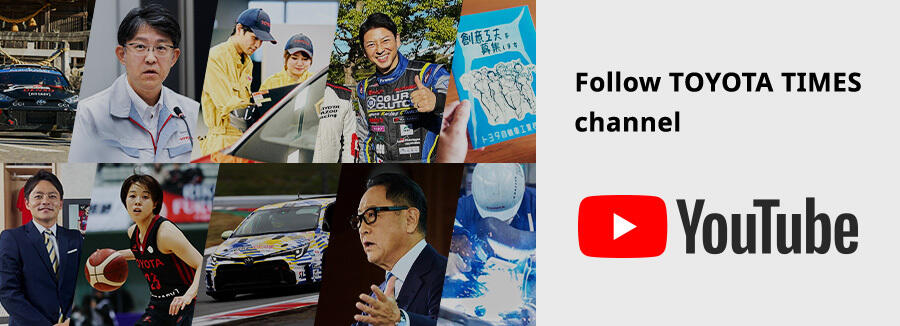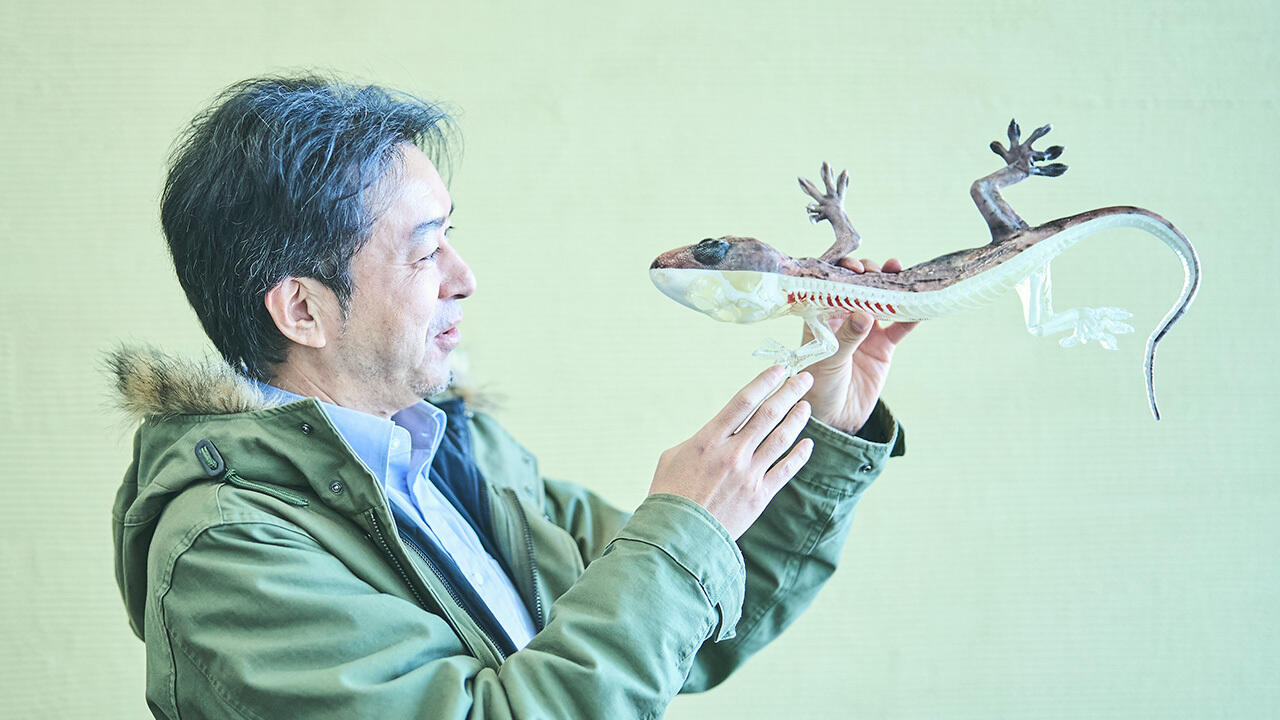
A secret room filled with plastic models and figurines. How does this help Toyota achieve a completely circular resource cycle where nothing is thrown away?
Treasure troves of ideas
“The best way to test structural changes is to actually drive the car,” explains Daigaku. “But that isn’t simple, since you need to arrange a location and be qualified to drive on a test course. With a simulator, you can start testing in no time.
“Also, if something is fun, or lucrative, people tend to do it without prompting (laughs). By making work a bit more enjoyable, we created an environment where things get done quicker.”
The room we saw at the start of this article, with its massive collection of manga and figurines, serves a similar purpose.
Theme Producer Daigaku
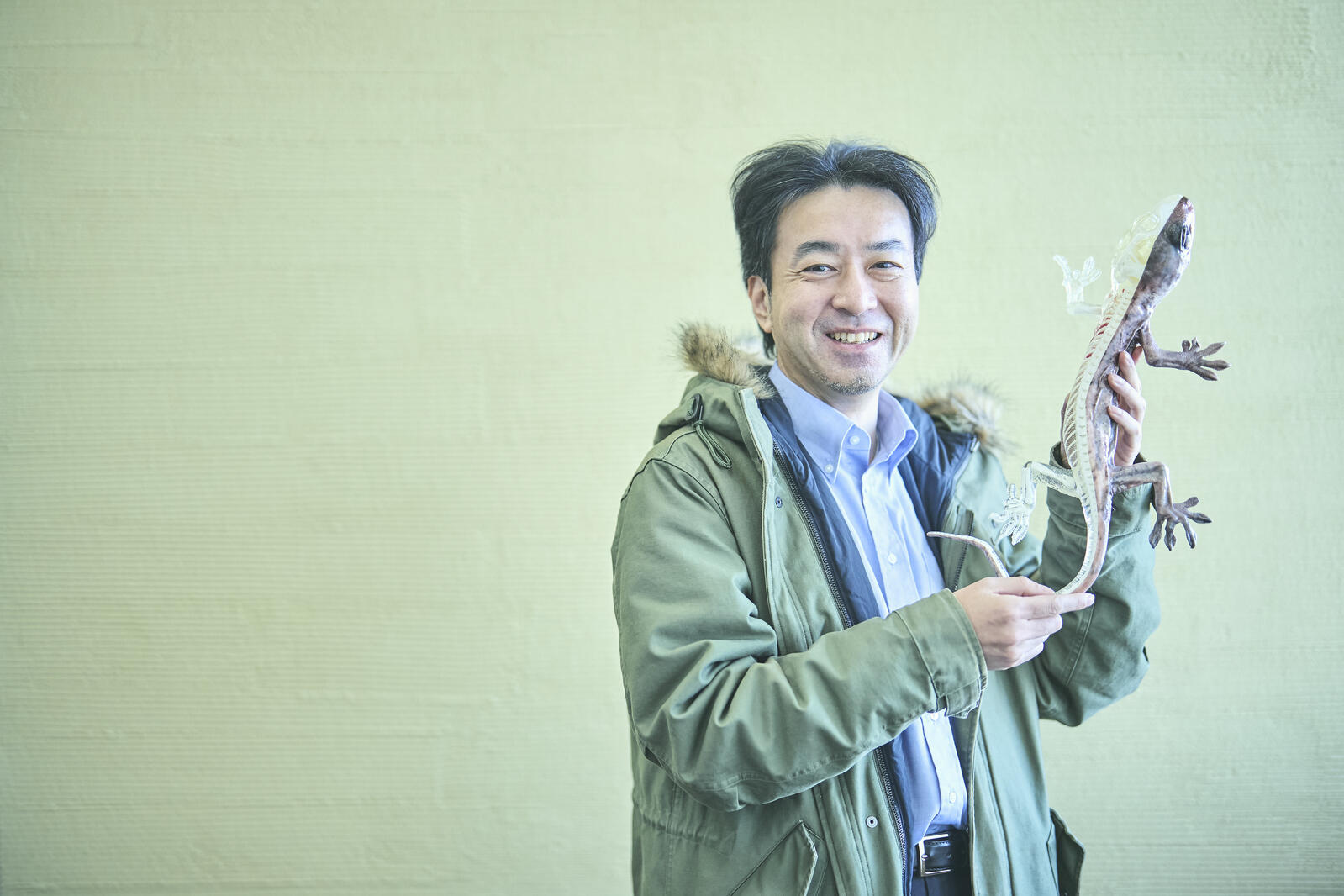
If we can incorporate the things we played with as kids—plastic models, manga, games, RC cars—into our work, we will no doubt have more fun coming up with new ideas.
Airplanes, for example, may seem unrelated at first glance, but they are a bundle of lightweight technologies. The Zero (Mitsubishi A6M Zero) fighter aircraft was assembled with minimal welding, which could hold lessons for carmaking.
Model ships at 1/350 scale taught me that large objects can be made more simply in miniature. Likewise, we can experiment with car structures more quickly and cheaply by 3D-printing small versions.
Indeed, Daigaku does just that, exploring new configurations by making all kinds of miniature parts with 3D printers.
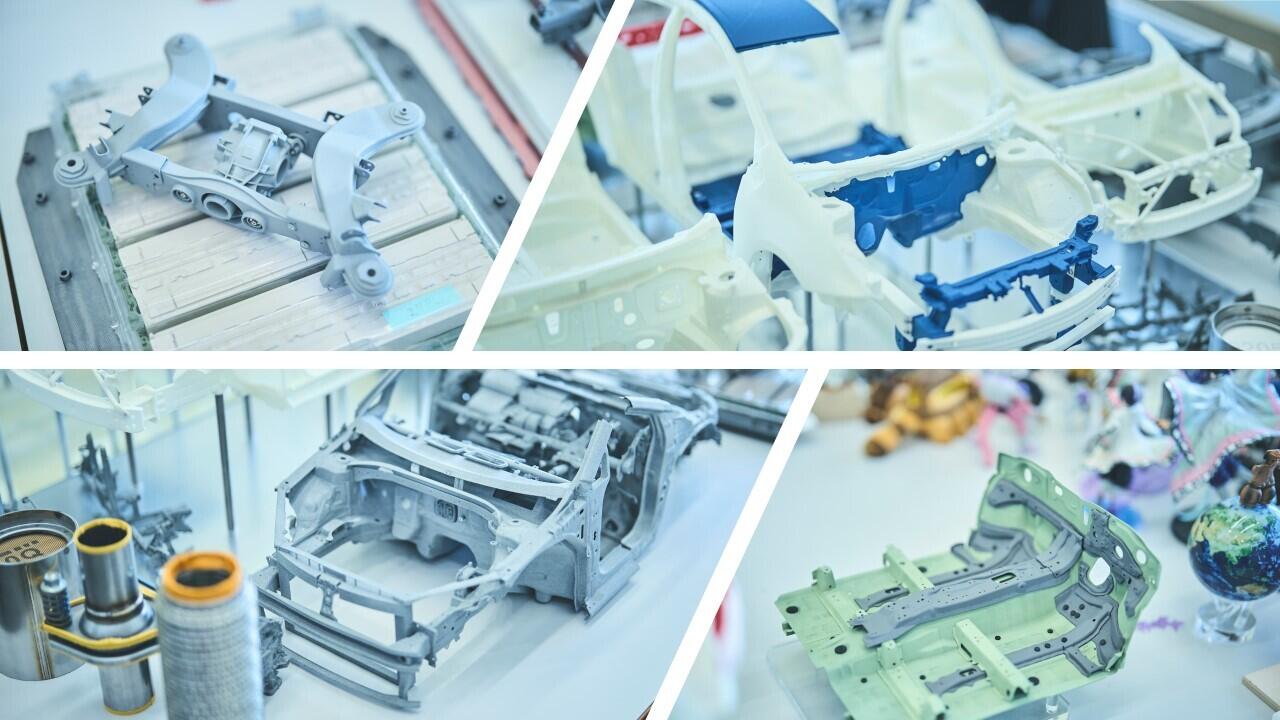
Daigaku showed us small-scale models that compare how different car manufacturers mount batteries on board electric vehicles to make efficient use of space.
The small size really did make it easier to grasp what was going on and figure out the optimal layouts.
With this approach, the team is rapidly testing all kinds of structural changes, even playing around with different suspension positions.
Tamiya’s amazing RC cars
Theme Producer Daigaku
When it comes to getting an overview of a vehicle’s structure in miniature, radio-controlled cars are another great tool. I think Tamiya’s RCs are, in a sense, close to being the perfect cars (laughs).
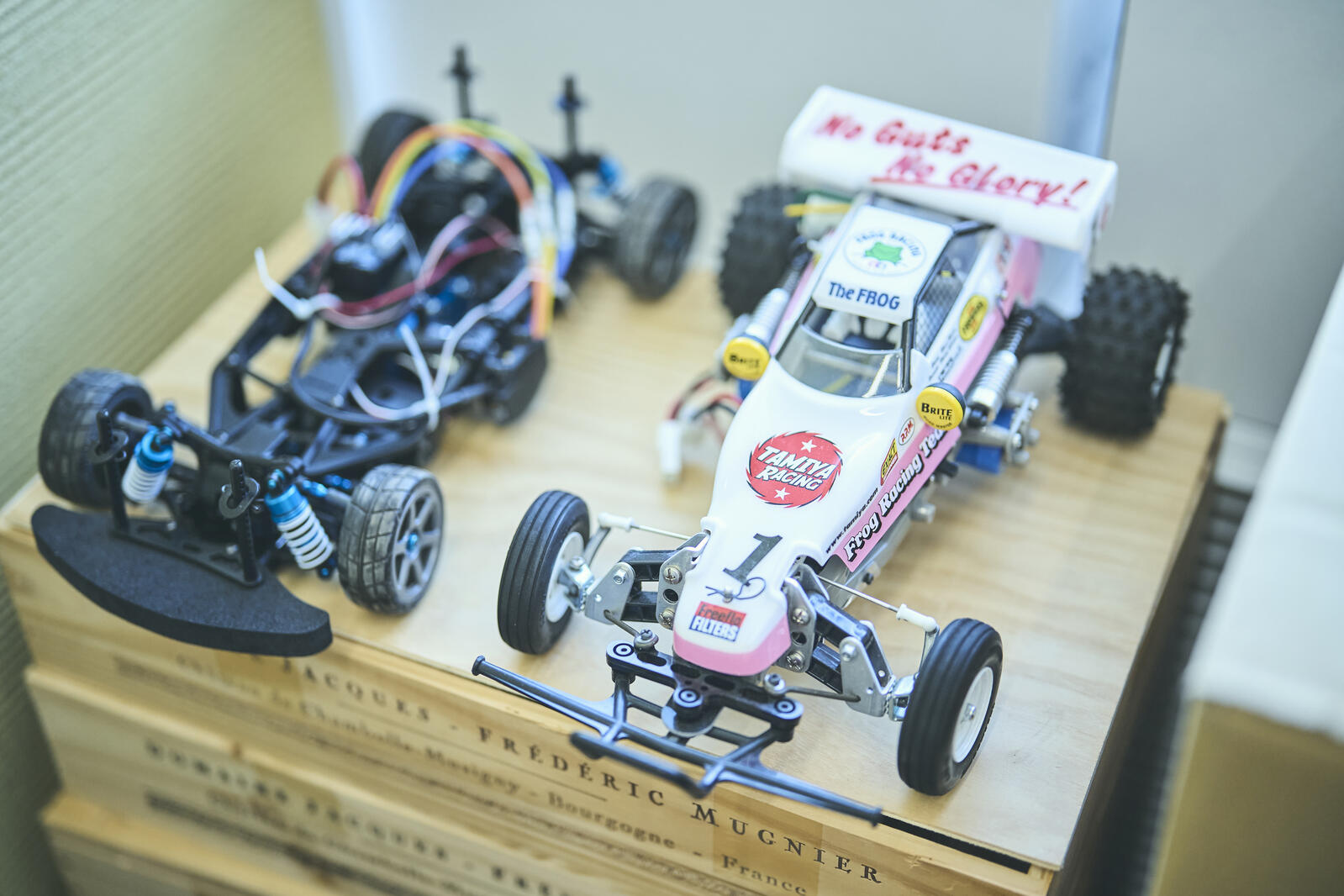
We also have much to learn from manga. Initial D, for example, is a textbook on personnel development and organizational theory. Since both the left and right sides of the brain are important for new ideas, we’ve divided up our teams under “left-brain” and “right-brain.”
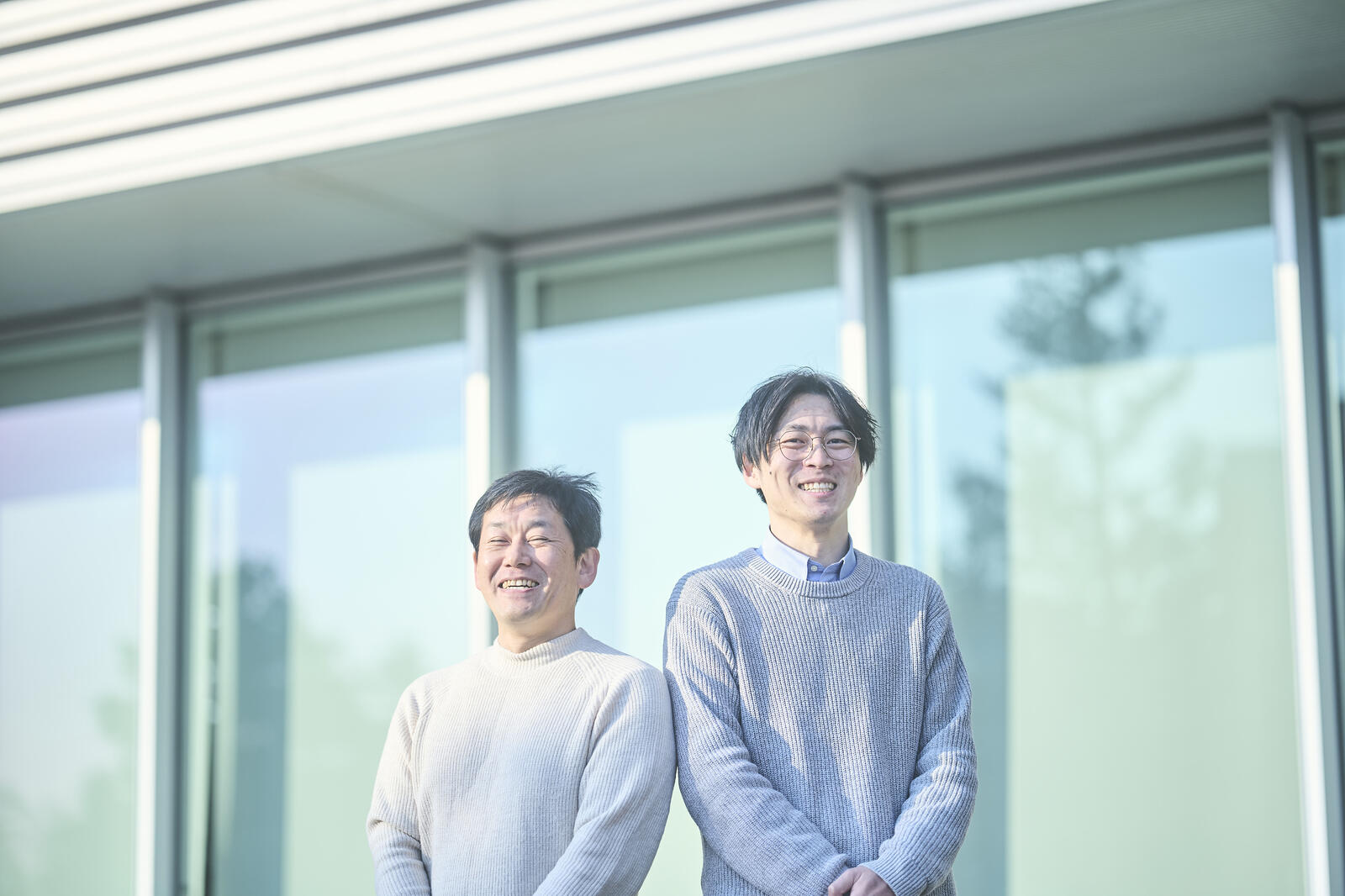
If all we did was play, we’d lose our jobs, but this kind of playfulness is important (laughs).
Daigaku is chasing a vision of carmaking in which nothing gets thrown away. Given how great that would be for the world, he faces no pushback from related departments. Even so, this doesn’t mean that his ideas are immediately put into practice.
Radically modifying a vehicle’s structure requires coordination with the departments responsible for each part, starting from the ground up. Above all, plant production lines must themselves be redesigned from scratch… Just imagining the enormity of the task is enough to make your head spin.
The crucial thing here is to instill a strong sense of urgency and ownership among the members of other departments, making them realize that these efforts are essential. The bigger the organization, the harder it is to transform.
In that case, wouldn’t it be easier to pursue the project from outside Toyota?
Why Toyota
Theme Producer Daigaku
I believe that, as a company which makes many cars, Toyota should be taking responsibility and leading the way on the issue of disposal. That’s why it is important for me to work within Toyota.
To explore new carmaking structures from all directions, we need to work with partners, not on our own. Rather than chasing conflicting goals, the ideal is like jazz, with everyone moving in the same direction and enjoying the process.
Daigaku wants his team to be like the okapi.
Theme Producer Daigaku
I believe the okapi has survived to this day by being a rare and endearing animal. If it was a savage beast that made enemies, it probably would have been exterminated long ago. We too want to be loved and appreciated by everyone.
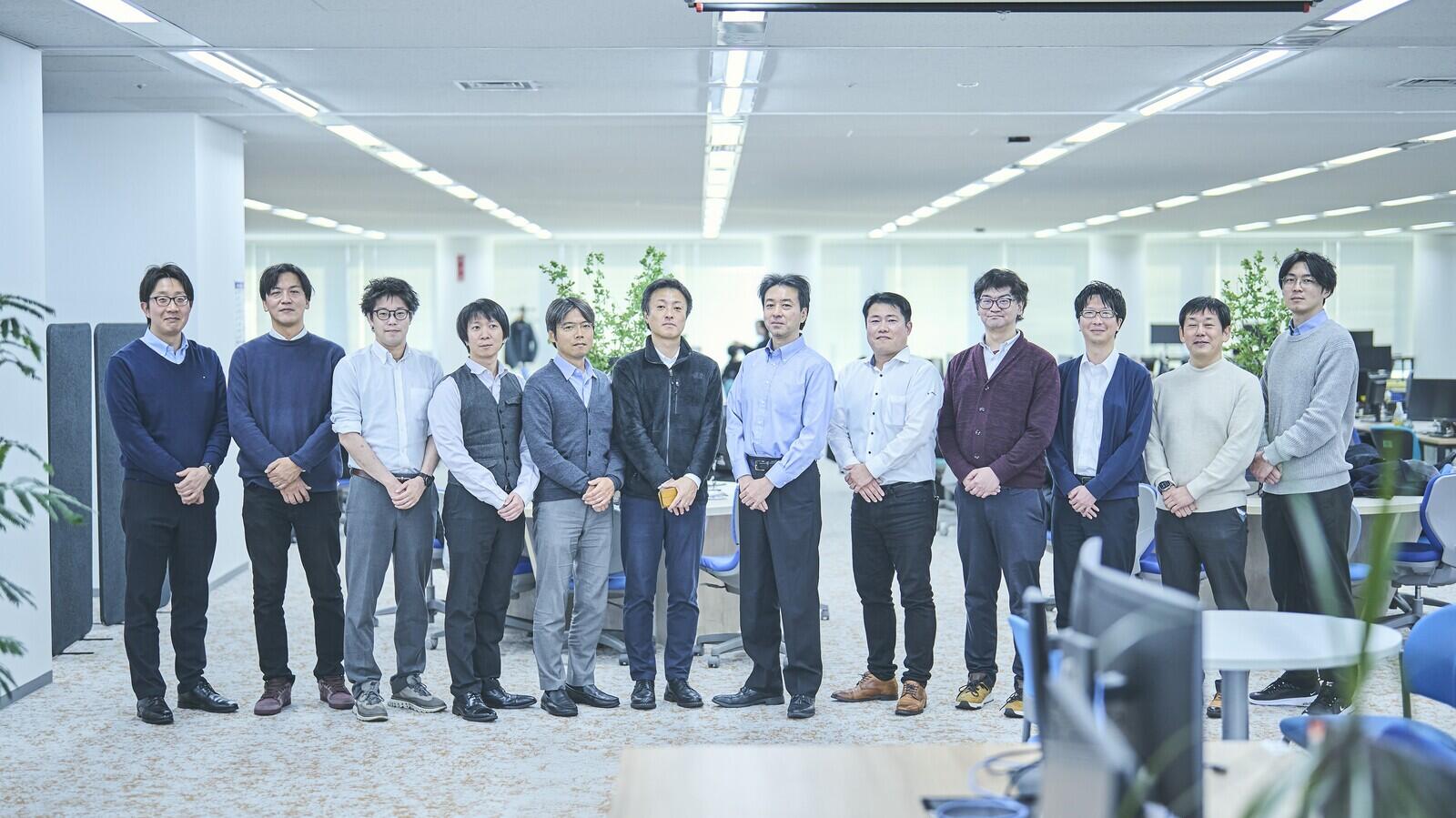
When cars become teapots
Daigaku is also building partnerships beyond the automotive industry. His team collaborates with traditional artisans to create craft products and art pieces that add value and give new life to unavoidable waste materials.
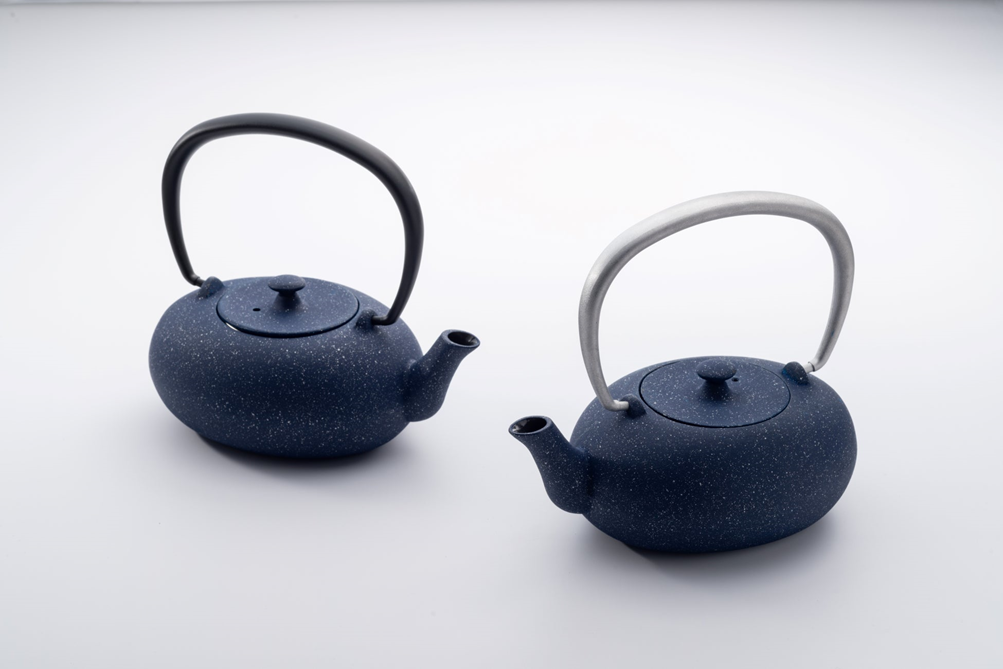
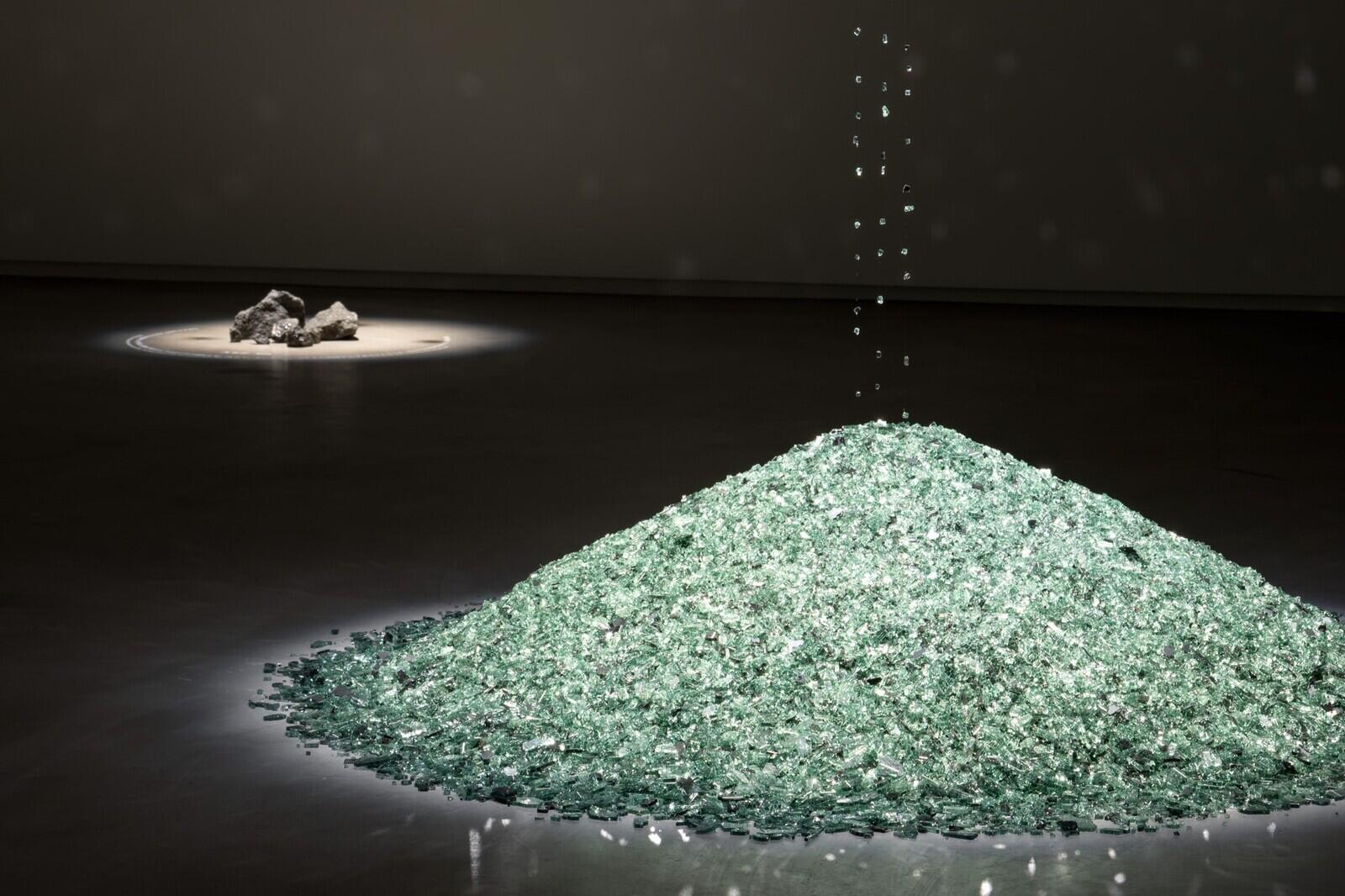
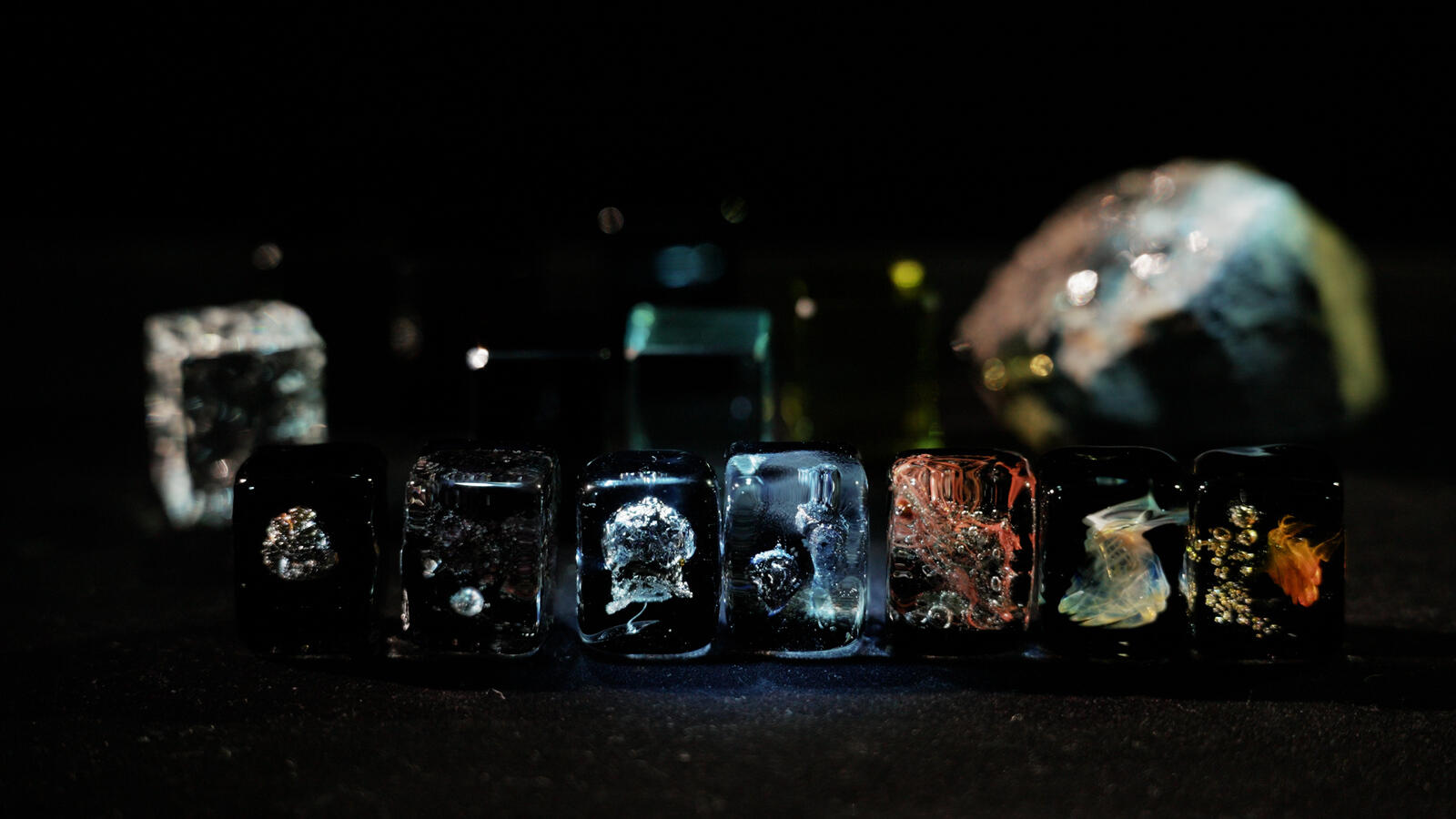
Theme Producer Daigaku
We continue to find new partners who eliminate waste in various ways. One such area is art and traditional crafts. In 2024 we even received a Good Design Award.
Everyone was pleased for us, and seeing that colleagues were even more delighted than myself made me really glad to be doing this.
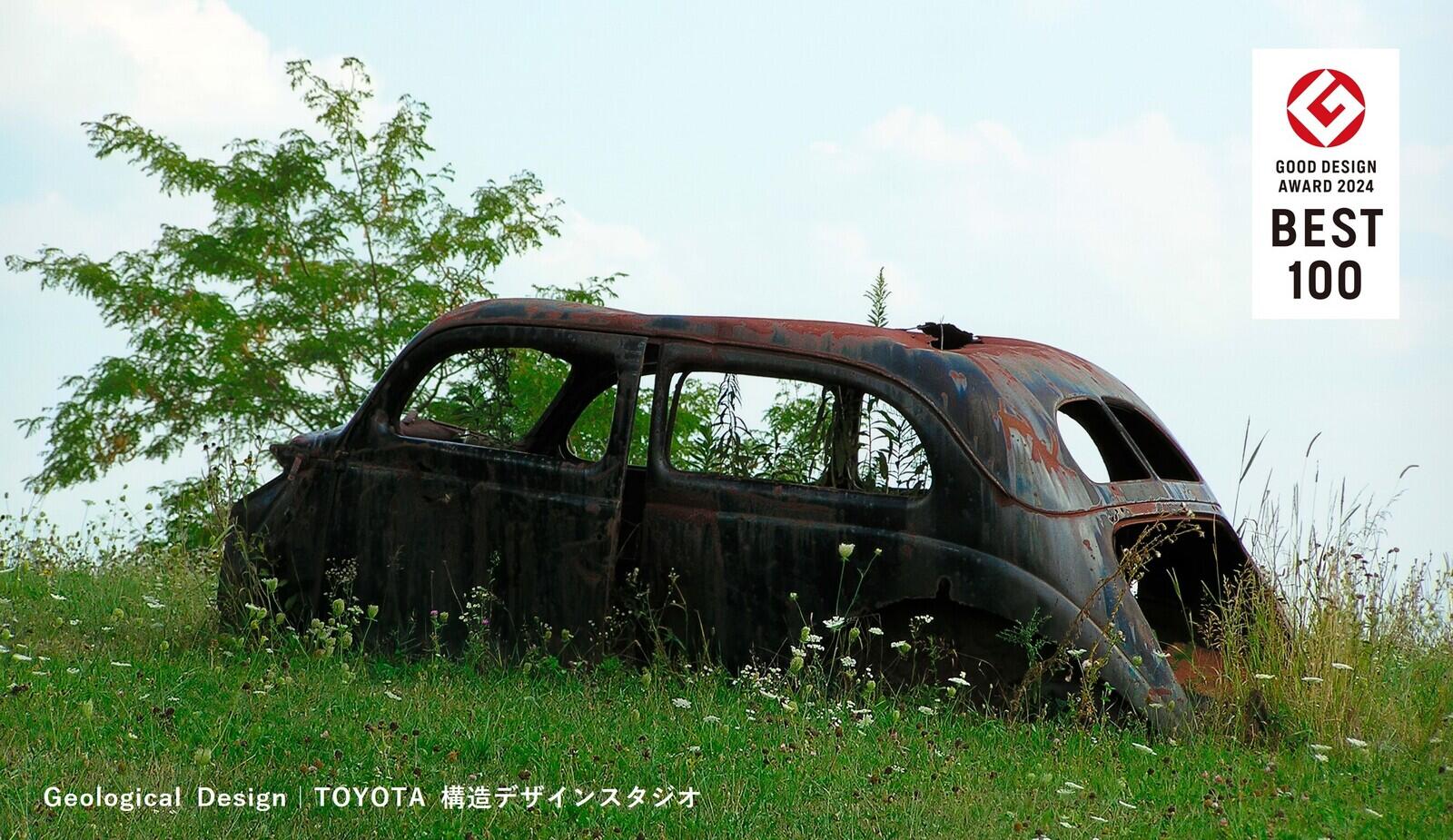
When you see trash on the ground, you pick it up and throw it in the trash can. If we can turn our ideas into such everyday behaviors, I think we can gradually change the world.
An approach to carmaking where nothing is thrown away. Daigaku is excited for the future. The difficulty of the road ahead explains why he is finding ways to enjoy the journey.

